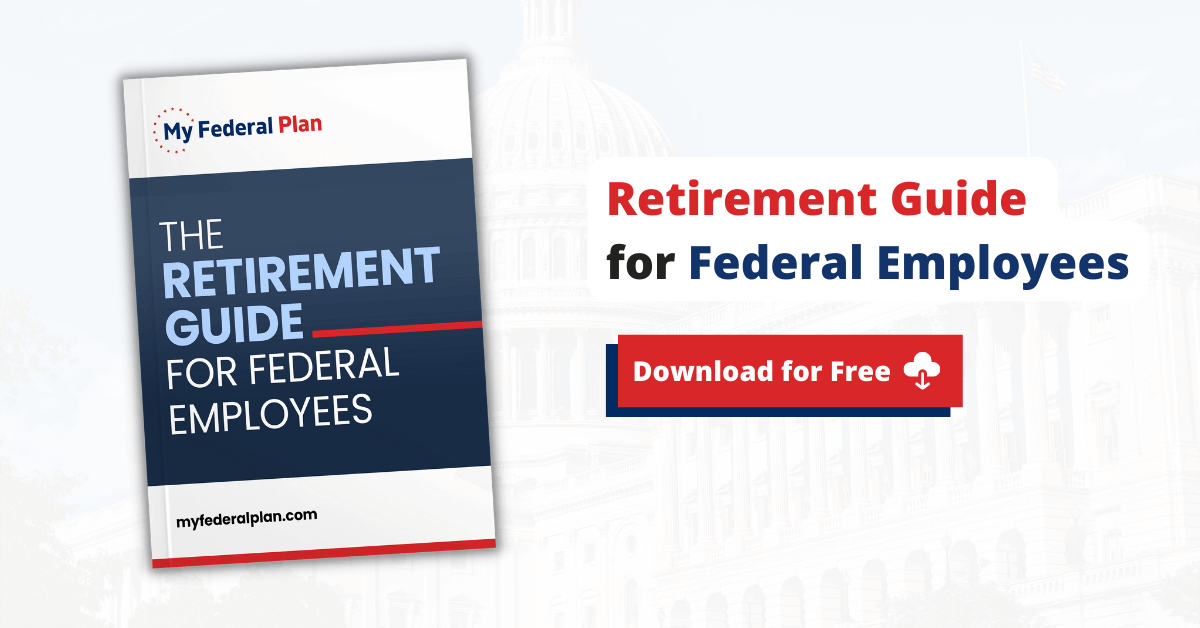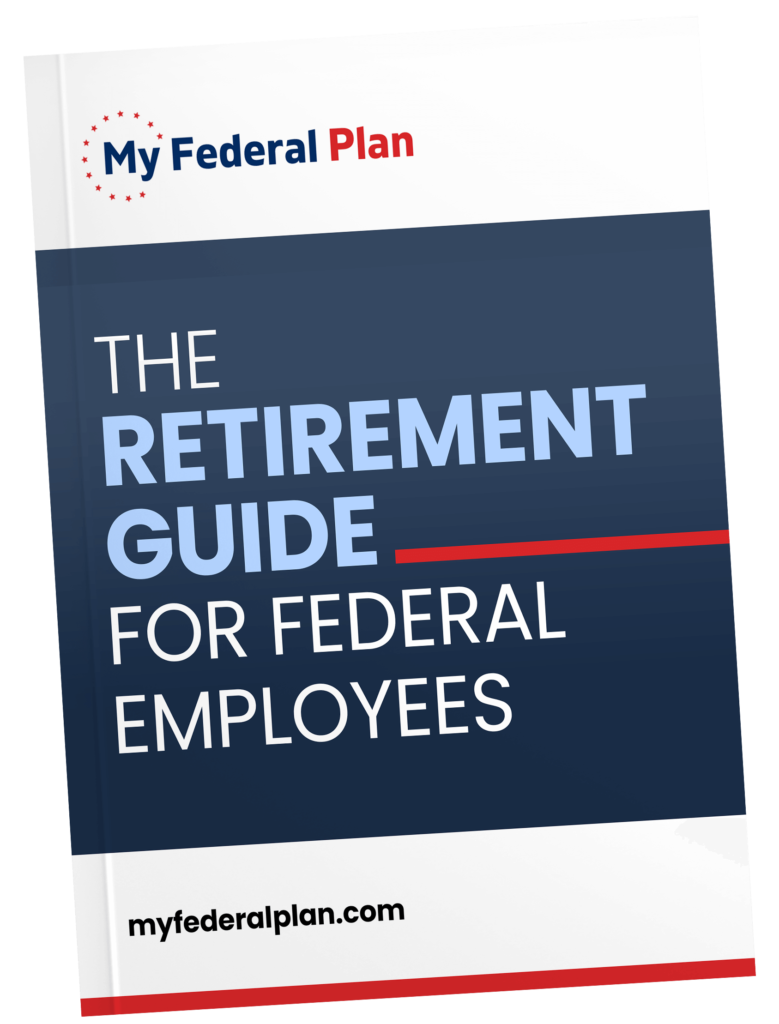Retiring as a federal employee is a milestone for many people. With lucrative perks and retirement packages, it’s no wonder that federal employees devote their entire working years to federal services.
However, not all federal employees can spend their prime decades with the federal agency. Whether due to health conditions or other reasons, federal employees planning to retire early could enjoy a portion of their benefits depending on their retirement type.
In this blog, we’ll explore the key differences between a FERS postponed and deferred retirement.
FERS Basic Overview
FERS, or the Federal Employee Retirement System, is a federal retirement benefit program established in 1987. The FERS program replaced its predecessor, the CSRS (or the Civil Service Retirement System), which was first enacted in 1920.
The Federal Employee Retirement System provides benefits for the following government programs:
- Social Security
- Basic Benefit Plan
- Thrift Savings Plan (TSP)
The FERS program significantly reduced the federal employee’s salary deduction from 7% (with CSRS) down to 4.4%. Moreover, the FERS program also provides a 5% contribution to an employee’s TSP account.
Several factors determine the value of retirement benefits a federal employee can enjoy as a defined-benefit plan. These factors are:
- The worker’s age
- Years of federal service
- Average monthly income
Longer years of service and higher monthly incomes usually equate to heftier retirement benefits. In addition, retiring within the retirement age, usually at 62, means lesser deduction and tax implications on the retirement benefit.

What Is FERS Postponed Retirement?
FERS postponed retirement is a type of retirement that allows federal employees within the minimum retirement age to receive retirement benefits by delaying their pension. Aside from the minimum age requirement, a federal employee must meet other qualifications to proceed with this type of retirement.
Most federal employees do this to minimize the impact of tax deductions on their annuity. Since pension benefits are subject to taxation, many eligible federal employees prefer to postpone the collection of their pension until the tax implication is significantly reduced.
FERS Postponed Retirement Eligibility
To be eligible for a FERS postponed retirement, the federal employee must:
- Be at least 60 years old or reach the minimum retirement age (57 years old) at the time of his separation from the federal service.
- Have a minimum of 10 years of creditable federal service.
- Store your contribution to the FERS program.
If you check these boxes, you are qualified for a FERS postponed retirement, and you may contact the OPM or the Office of Personnel Management to settle your arrangement.
How Does FERS Postponed Retirement Work?
It’s easy to understand the FERS postponed retirement by breaking it down into three phases. In this context, we will name these the “service” phase, “retirement” phase, and “pension” phase.
- Service phase: While still in service, you want to ensure that you have ten years of creditable federal services.
- Retirement phase: You must ensure that you are retiring within the minimum retirement age, usually 57, with ten years of creditable federal services. It’s also critical you don’t refund your FERS contribution at this point. The government will deduct your contribution depending on the proximity of your age to the actual retirement age of 62. In this phase, you must also arrange your plan with the OPM to postpone your annuity.
- Pension phase: Once you reach 62 years old, you can start processing your paperwork with the OPM to release your grant. Doing it this way significantly lessens or even eliminates the deduction to your pension.
What Is FERS Deferred Retirement?
A FERS deferred retirement is a type of early retirement allowing federal employees to recover federal retirement benefits without reaching the minimum retirement age and the years of service required in the FERS postponed retirement.
There are many reasons a federal employee chooses to defect from the national service early. It could be due to health reasons, family obligations, or other pressing concerns. A FERS deferred retirement might be the only option in these cases.
FERS Deferred Retirement Eligibility
To qualify for FERS deferred retirement, the federal employee must:
- Not reach the minimum retirement age as stipulated in the FERS program. Eligible retirees are often below 57 years old.
- Have a creditable five years of federal service experience.
- Not withdraw any amount of their FERS contribution upon their separation from the service.
Aside from the FERS postponed retirement, this is the only option available for federal employees looking to retire early. Unfortunately, this option is not as popular because it has many disadvantages.
How Does FERS Deferred Retirement Work?
The process behind FERS deferred retirement is structurally similar to FERS postponed retirement. We’ll use the phases we created earlier to specify the steps of each of the stages of FERS deferred retirement.
- Service phase: While still at service, you want to ensure that you have five years of creditable federal services.
- Retirement phase: You can retire without achieving the minimum retirement age. If you did and you opted to withdraw your FERS contribution early, you will be faced with over a 30% deduction. The government will deduct your contribution depending on the proximity of your age to the actual retirement age of 62. Conversely, you arrange with the OPM to postpone your pension until you turn 62.
- Pension phase: If you opt to hold, you can start processing your paperwork with the OPM to release your annuity after turning 62. Processing your deferred retirement this way eliminates the deduction to your pension.
How Do These Two Differ?
Now that we’ve uncovered the basics of FERS deferred and postponed retirement, it’s time we delve into their differences. These two have several contrasts. The one we know of right now is their retirement age differences.
The FERS postponed retirement requires you to retire at the minimum retirement age with ten years of creditable federal service. In contrast, the FERS deferred retirement only needs five years of creditable federal service to qualify.
We’ll dive deeper into their other technical differences in the following sections:
Federal Employee Health Benefit
The FERS deferred retirement entails permanently losing your FEHB or Federal Employee Health Benefits coverage. This is one of its significant disadvantages because it often means you no longer have health insurance.
On the other hand, the FERS postponed retirement only temporarily suspends your FEHB enrollment. Once you receive your first annuity payment, the government will reinstate your FEHB coverage.
This regulation also applies to other federal health benefits such as the Federal Employee Group Life Insurance (or FEGLI) and the Federal Employee Dental and Vision Insurance Program (or the FEDVIP).
Retirement Type
Your retirement classification varies depending on the type of FERS retirement you applied for. With a FERS postponed retirement, you can be categorized as “MRA+10″ or MRA+20.”
- MRA+10: You reached the MRA with at least ten years of creditable federal service.
- MRA+20: You reached the MRA with 20 or more years of creditable federal service.
With FERS deferred retirement, you will be classified depending on your years of service:
- 5 to 19 years of creditable federal service
- 20 to 29 years of creditable federal service
- 30 or more years of creditable federal service
FERS Annuity Start Date
The annuity date also differs for both types of FERS early retirement. With FERS postponed retirement, the retiree may freely select the month and day they want to start receiving their annuity. However, they can opt to eliminate any deductions by pushing their annuity date a month after the retiree turns 62.
With FERS deferred retirement, the rules vary depending on the retiree’s years of creditable service.
- 5 to 19 years of creditable federal service: The retiree may receive his annuity a month after turning 62.
- 20 to 29 years of creditable federal service: The retiree may receive his annuity a month after turning 60.
- 30 or more years of creditable federal service: The retiree may receive his annuity a month after reaching the minimum retirement age.
Unused Leave Hours
For those with FERS postponed retirement, unused annual and sick leave hours are carried over to their annuity computation. This will come to the retiree as a taxable income and a lump sum amount.
Conversely, those with FERS deferred retirement will not have any unused sick leave hours credited to their annuity. However, they will receive credit for their unused vacation leave, which is also taxable.
So, Which One’s for You?
Ideally, if you can commit ten years of creditable service to the federal industry and retire within the minimum retirement age, go for the FERS postponed retirement. Doing it this way will lessen the impact of taxes on your pension and retain your health benefits.
FERS deferred retirement is more suitable for those with long years of creditable service but nowhere near the minimum retirement age. This is ideal if you will not solely rely on your pension.
Of course, whether you go for FERS postponed retirement or deferred retirement also depends on your personal circumstances. Weigh each type’s pros and cons before making your final decision.
My Federal Plan Can Help You Decide
Everybody wants to retire early. Unfortunately, not everyone can do so. If you’re contemplating leaving federal service before reaching the minimum retirement age, it’s best to consult with a licensed financial advisor.
My Federal Plan can help you make an informed decision about your retirement. Our network of licensed financial advisors specialize in federal employee benefits.
Download our free retirement guide for federal employees to help you plan your retirement. This guide will educate you on the different types of FERS retirement and how each one works.
If you’re looking for professional intervention, schedule your free appointment with My Federal Plan by following this link!

